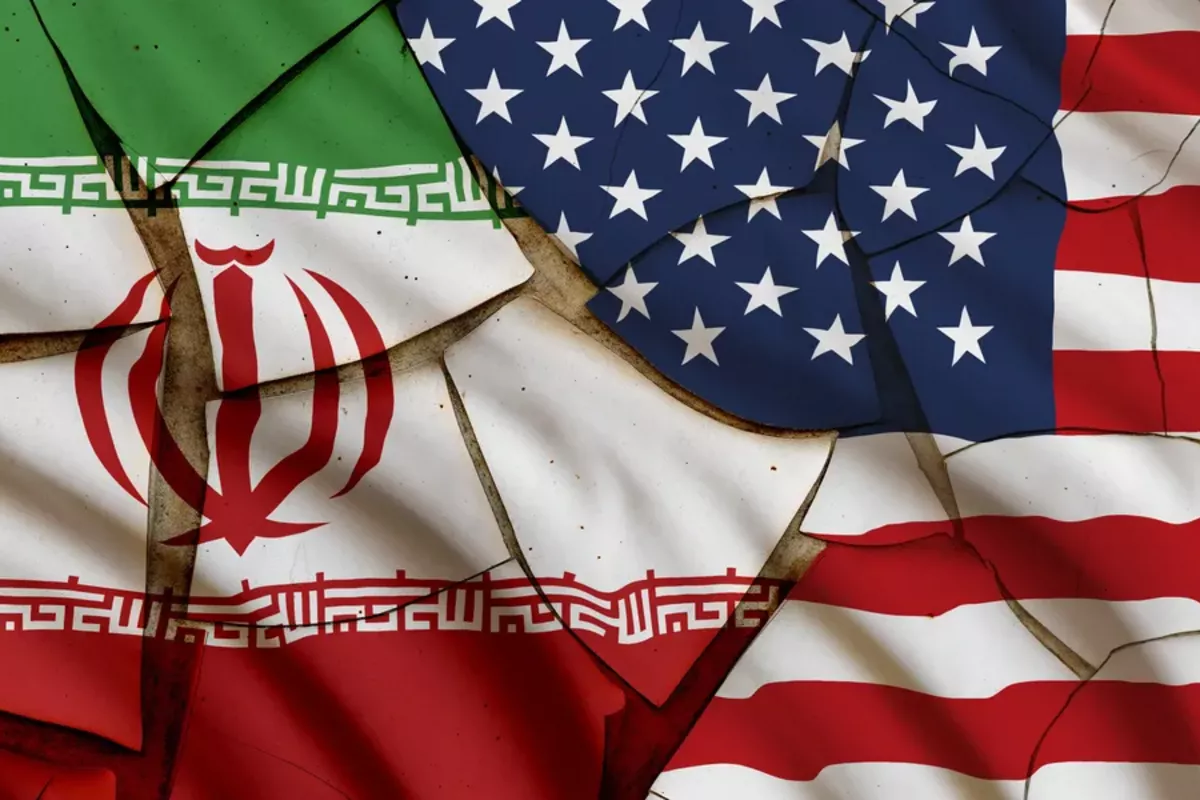
Photo credit: responsiblestatecraft.org
The war of words between Washington and Tehran is intensifying.
On Thursday, June 12, a new round of negotiations between the United States and Iran on the nuclear deal is scheduled to take place. As President Donald Trump told reporters, he is not satisfied with Tehran’s current responses regarding the agreement. “They don’t want to give up what they must give up. They want the ability to enrich uranium. They can’t have enrichment... They presented their thoughts on the deal, and I said: ‘That’s simply unacceptable,’” the U.S. President stated.
Ahead of the talks, Iran’s Minister of Defense, Major General Aziz Nasirzadeh, issued a strong warning to the United States. Should Washington initiate a conflict with Tehran, Iranian forces will strike all U.S. military bases in the region. “All American bases are within our reach, and we will not hesitate to hit them in the countries where they are located,” he told Iran’s Fararu news agency. According to him, if diplomatic efforts fail and Iran is forced into an armed confrontation, “the enemy’s losses will undoubtedly be greater, and in that case, the United States will have to leave the region.”

Photo credit: isna.ir
Dealing with Iran may not be easy for Trump, especially given his reluctance to resort to war. If war had been the White House’s goal, the situation would have been simpler. But Trump’s objective is to pressure Tehran into making concessions - a far more complicated task. On June 2, The Wall Street Journal reported that Trump’s “maximum pressure” policy on Iran had been put on hold. The paper noted that recent actions are aimed at assessing potential sanctions on Tehran “in light of sensitive nuclear negotiations.”
According to the Axios news portal, Trump told Israeli Prime Minister Benjamin Netanyahu during a phone call on Monday that he opposes military action against Iran, as he hopes to reach an agreement with Tehran on its nuclear program. Earlier, CNN reported that U.S. intelligence had received information suggesting that Israel is preparing to strike Iranian nuclear facilities. During his call with Netanyahu, Trump made it clear that he would not support a war with Iran.
Just a day later, he admitted that Iran’s behavior during the bilateral nuclear talks had become “much more aggressive,” which both surprised and disappointed him. According to Fox News, U.S. administration officials have also said that Iran is stalling the negotiations and that no meaningful progress has been made.
Tehran’s reaction today was predictable. Back in March, the Telegraph cited a high-ranking Iranian military official as saying that in the event of a U.S. attack, Iran was prepared to strike the Diego Garcia joint U.S.-British naval base in the Pacific Ocean. The source emphasized that Tehran would not differentiate between American, British, or Turkish soldiers stationed there if the base were used by the U.S. in a conflict.
This statement was a response to Trump’s earlier warning that Iran would face “bombings like never before” if no agreement was reached on the nuclear deal.
According to media reports, a plan for a strike against Iran already exists. The Times of Israel reported that General Michael Kurilla, commander of U.S. Central Command responsible for the Middle East, informed the House of Representatives that he had prepared a plan for a strike on Iran and submitted it to Defense Secretary Pete Hegseth and President Donald Trump.
Kurilla noted that Iran has the capability to produce 25 kilograms of weapons-grade uranium within one week of making such a decision. For comparison, the first Chinese nuclear warhead used 16 kilograms of uranium and had a yield of 12 kilotons. These figures were published by ERR.

Photo credit: Reuters
In this context, many recall Iran’s Operation “Martyr Soleimani,” carried out in January 2020 in retaliation for the killing of Quds Force commander General Qassem Soleimani in Baghdad.
According to Iran’s Tasnim news agency, strikes were launched on two U.S. facilities in Iraq: the Ain al-Asad airbase in the west of the country and an airfield in the northern province of Erbil. Additionally, Iran threatened to target Dubai and Haifa.
Bloomberg, citing U.S. officials, reported that 15 missiles were fired, four of which failed to reach their targets. Meanwhile, Reuters, quoting the Iraqi Ministry of Defense, reported that Iran launched 22 missiles. The ballistic missiles used included Fateh-110 and Qiam-1, the latter equipped with separating warheads and electronic countermeasure systems designed to jam radar detection.
At the time, a U.S. State Department spokesperson mocked Iran’s military capabilities, saying that it had used weapons dating back to the 1980s. President Donald Trump, then still in office, reassured the public: “We suffered no casualties. All our soldiers are safe, and our military bases sustained only minimal damage. It appears Iran has stood down, which is a good thing for all parties involved and a very good thing for the world,” Interfax quoted him as saying.
That episode ended with two base strikes and no fatalities - only dozens of injuries. But will a future military confrontation end so relatively harmlessly?
No one can answer that with certainty. What’s clear is that Trump does not want a war and doubts its effectiveness. It is also unlikely that Tehran desires war. Therefore, on June 12, both sides must do everything possible to reach an agreement.
Share on social media